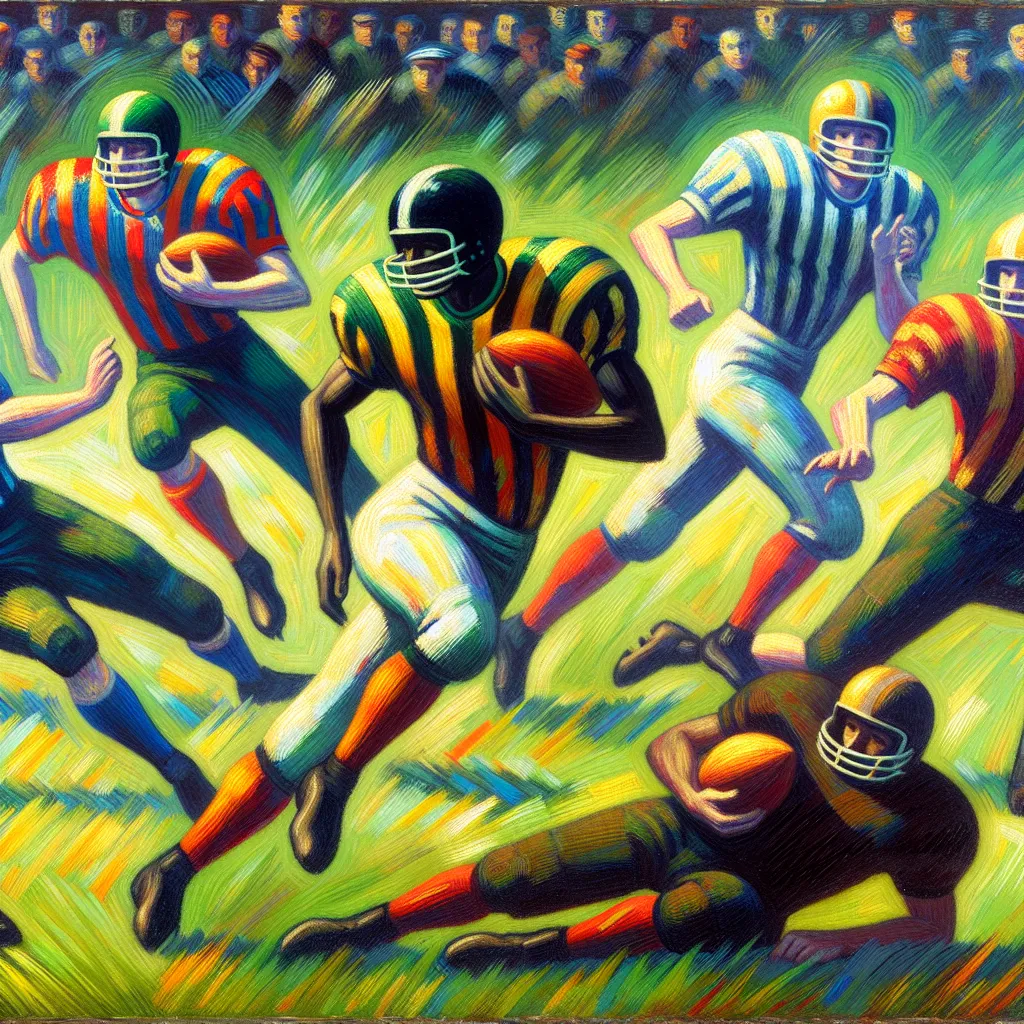
- Published on
- Authors

- Name
- Sports Tips
Utilizing Wingbacks: Providing Width and Defensive Cover
In the dynamic world of modern soccer, the role of the wingback has become pivotal. These versatile players are tasked with providing both defensive solidity and attacking width, making them critical cogs in a Teams tactical machinery. Let's explore how wingbacks contribute to different aspects of play and how they fit into various formations.
The Dual Role of Wingbacks
Wingbacks are essentially hybrid players combining the responsibilities of fullbacks and wingers. To fully appreciate this role, it's essential to understand their contributions to both offense and defense:
Defensive Responsibilities
- Covering Flanks: Wingbacks guard the sidelines, preventing opposition wingers from easily advancing.
- Pressing and Tackling: They press high up the pitch and engage in tackles to maintain a high defensive line.
- Supporting Center-backs: When the team is under pressure, wingbacks often drop deep to form a back five, providing extra defensive rigidity.
Offensive Contributions
- Providing Width: By positioning themselves high and wide, wingbacks stretch the opposition's defense, creating space for central players.
- Crossing: They deliver crosses into the box from wide areas, becoming key playmakers.
- Overlapping Runs: Wingbacks make overlapping runs, creating overloads that are difficult for the opposition to handle.
Wingbacks in Various Formations
Formations incorporating wingbacks require nuanced understanding and precise execution. Here’s how wingbacks function in a few popular setups:
3-5-2 Formation
| Positioning | Key Responsibilities | Player Profile |
|---|---|---|
| High and Wide | Provide width, deliver crosses | Fast, fit, with good crossing |
| Support Midfield | Overlap and create numerical advantages | Tactical awareness |
| Defensive Cover | Drop back to form a back five when required | Strong tackling and marking |
5-3-2 Formation
| Positioning | Key Responsibilities | Player Profile |
|---|---|---|
| Deep and Wide | Guard the flanks, support three center-backs | Defensively solid, good stamina |
| Balanced Attack | Make runs forward when possible, but prioritize defense | Disciplined and versatile |
3-4-3 Formation
| Positioning | Key Responsibilities | Player Profile |
|---|---|---|
| Advanced Wing | Act almost as wingers in attacking phases | Technically skilled, fast |
| Midfield Support | Help central midfield in both defense and attack | Good ball-handling and tactical understanding |
Coaching Tips for Effective Wingbacks
- Stamina Training: Wingbacks need to cover vast distances, so emphasize endurance in training.
- Tactical Drills: Focus on positioning drills to ensure wingbacks know when to drop back and when to push forward.
- Crossing Practice: Enhance their ability to deliver precise crosses by including specific crossing drills in training sessions.
- Defensive Drills: Work on 1v1 defending and tackling to improve their ability to win back possession on the flanks.
- Communication: Wingbacks must communicate effectively with center-backs and midfielders to maintain team structure.
Wingbacks are indispensable assets in modern soccer, providing both defensive stability and offensive dynamism. By understanding their roles in various formations and focusing on specific training drills, coaches can enhance their effectiveness and significantly impact the game’s outcome.
Enhance your Teams performance by fully utilizing the capabilities of your wingbacks!
